Summary
The lake is known for its large populations of bass, crappie, and catfish.
Bass fishing is particularly popular in this area, with largemouth and smallmouth bass being the most prevalent species. Anglers can expect to catch bass weighing up to 5 pounds, with some even reaching 10 pounds or more.
Crappie fishing is also popular, with large schools of white and black crappie roaming the lake. These fish can be found around submerged brush and other structures.
Catfish can be caught using a variety of methods, including bottom fishing with live or cut bait. Channel catfish and blue catfish are the most common species in this area.
In addition to fishing, there are many other activities to enjoy in the area, including hiking, camping, and wildlife watching. The nearby Sumter National Forest offers miles of scenic trails for all skill levels.
Anglers should note that the best time to fish at Presbyterian Lake is during the spring and fall months, when water temperatures are cooler. The average temperature during these times of year is around 70-80 degrees Fahrenheit.
Fishing tips for Presbyterian Lake include using live bait such as worms or small minnows, and targeting areas with submerged brush or other structures. Using light tackle and finesse techniques can also be effective for catching bass and crappie.
Weather Forecast
Nearby Streamflow Levels
Angling Safety Guidelines
Check local fishing rules, seasons, size limits, and license requirements to ensure legal and sustainable angling.
Handle Fish Responsibly
Use wet hands, minimize air exposure, and release fish gently to improve survival rates when practicing catch-and-release.
Choose the Right Gear
Match your rod, line, and tackle to the species and conditions to increase success and reduce unnecessary harm to fish.
Respect the Waterway
Avoid disturbing habitat, prevent bank erosion, and keep a safe distance from spawning areas to protect ecosystems.
Keep It Clean
Pack out all line, hooks, bait containers, and trash—discarded gear can injure wildlife and degrade waterways.
Related Links
Area Campgrounds
| Location | Reservations | Toilets |
|---|---|---|
 Cassidy Bridge Hunt Camp
Cassidy Bridge Hunt Camp
|
||
 Oconee State Park
Oconee State Park
|
||
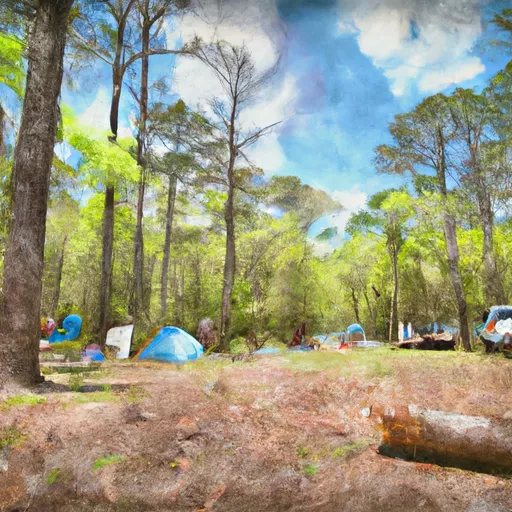 Chau Ram County Park
Chau Ram County Park
|
||
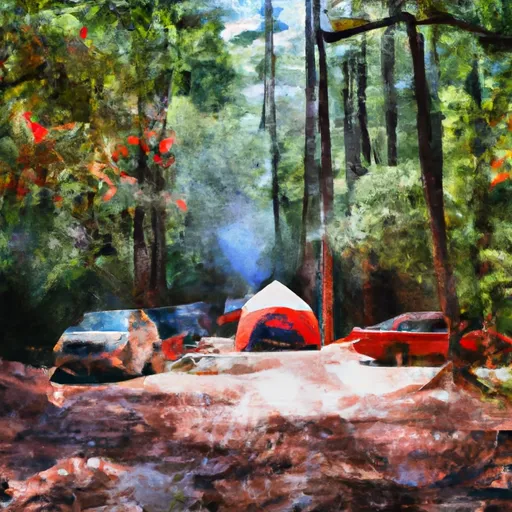 Long Bottom Ford
Long Bottom Ford
|
||
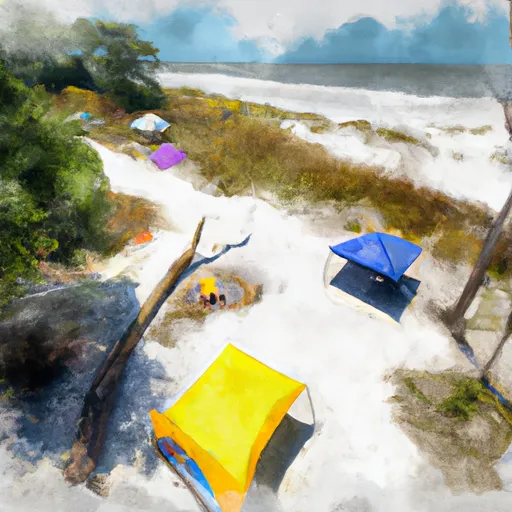 Sandy Beach Campsite
Sandy Beach Campsite
|
||
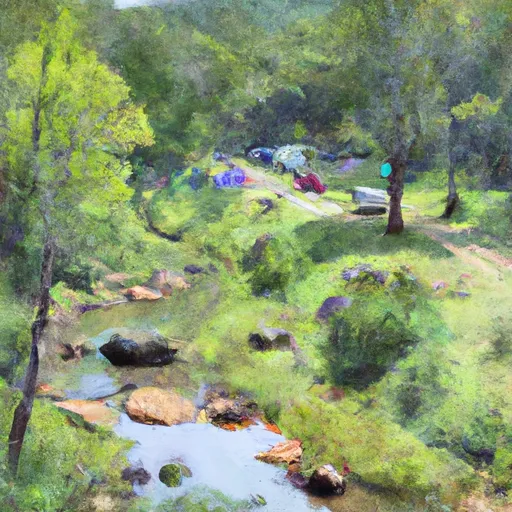 Sarahs Creek
Sarahs Creek
|


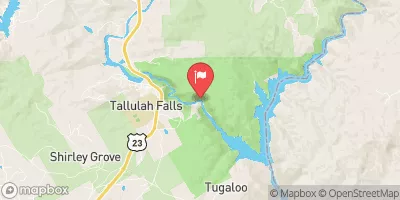

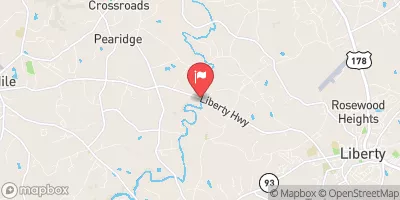
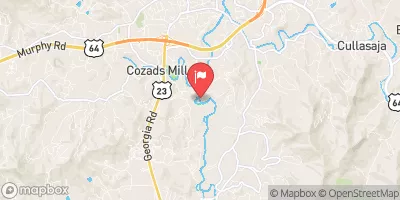

 Lake Jemike Dam 1
Lake Jemike Dam 1
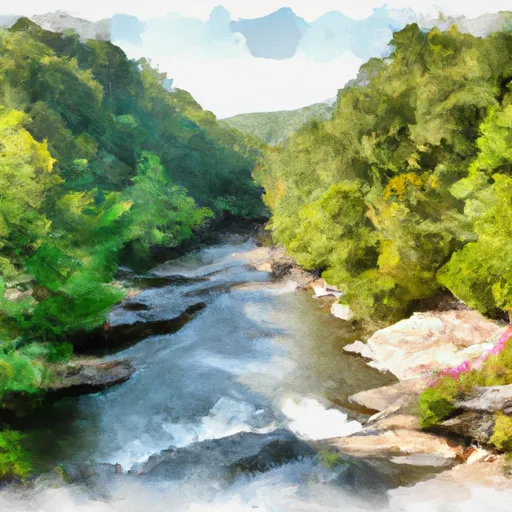 National Wild and Scenic River Chattooga, North Carolina, South Carolina and Georgia
National Wild and Scenic River Chattooga, North Carolina, South Carolina and Georgia
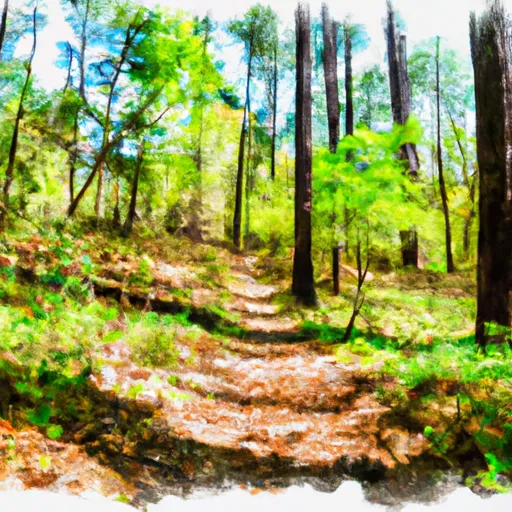 Sumter National Forest
Sumter National Forest
 South Cove County Park
South Cove County Park